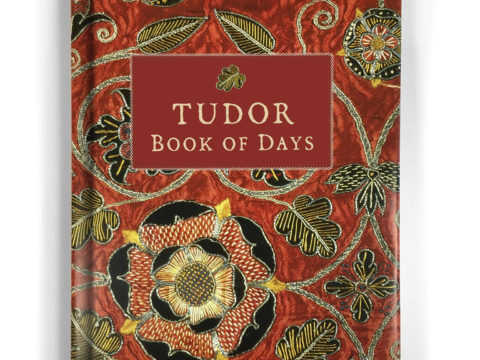John Knox: Life Story
Chapter 10 : Geneva
In mid-September 1556, Knox, his wife and his mother-in-law, were admitted as members of the English congregation in Geneva. Amongst the congregation of over 100 were some old friends – and some old adversaries. Whittingham and Goodman were there, and so was Thomas Lever. The service being used was that which had been in use in Frankfurt before the arrival of Lever and the eruption of the controversy with Lever and Cox. Knox and Goodman were elected on 15th December 1556 to act as ministers for the forthcoming year.
Knox was now part of the theocracy of Geneva, established by Calvin, who hoped to see heaven on earth. Every facet of life was controlled and supervised by the ministers. Lapses from godly behaviour were publicly denounced and punished with fines, banishment, whipping or imprisonment.
The Knox family settled happily in Geneva. Elizabeth Bowes managed the household whilst Marjorie, who was greatly admired by Calvin and others, helped Knox with his letters and sermons, and soon gave birth to their first son. More exiles arrived from London, including Anne Lock, and her sister-in-law, who had been Knox’s friends in England.
This was a golden time for Knox, but within months, his peace of mind was disturbed when two Scotsmen arrived with letters from Glencairn and Lord James Stewart, requesting him to return. Although Marie of Guise had failed to join the Protestant cause, there was still no wide-spread persecution, and Knox could be of great service in promoting God’s Word amongst his countrymen.
Knox was extremely reluctant to uproot himself, but his congregation, and Calvin, assured him it was his duty to do so. He replied that he would come to Scotland when he had set his affairs in order, and in October 1557, he travelled to Dieppe, to take ship for home. On reaching the port, he was greeted by the news that the Protestant lords were no longer confident that the time was ripe for Knox to return.
Unsurprisingly, Knox was furious at having been dragged hundreds of miles on a wild-goose chase. He wrote a stern letter to the lords, pointing out that it was their duty to promote the Reformation in Scotland, and not rely on the government to see the light. He received no response to his letter, and he heard disturbing rumours that many of the lords were being induced by generous ‘presents’ to withdraw any opposition to the marriage of Mary, Queen of Scots, now approaching her fifteenth birthday, to the Dauphin of France.
The most committed of the Protestant lords – the Earls of Glencairn, Argyll and Morton, and Argyll’s son, Lord Lorne, and Erskine of Dun – drew up a bond, swearing that they would defend the true Church of God from the wiles of Satan.
Knox was unconvinced – he was particularly suspicious of the Earl of Arran, who had accepted the dukedom of Châtelherault in exchange for acquiescence to the marriage and Marie of Guise’s continuing regency. He warned that the marriage would be damaging for the Protestant cause, but did not counsel armed rebellion at that time.
Despairing of being requested to continue his journey to Scotland, Knox returned to Geneva, via La Rochelle and Lyons. By the time of his return, he had already been re-elected to serve as minister for the forthcoming year.
It was at this time, aggravated by the debâcle of the abortive trip, and increasingly disturbed by the persecution of Protestants in England, that Knox began his ‘First Blast of the Trumpet against the Monstrous Regiment of Women’. Monstrous regiment of women in this context meant ‘unnatural rule of women’, rather than a phalanx of bizarre females.
It is hard in the twenty-first century to do anything but consign Knox’s work to the rubbish pile as a vile misogynist rant, but at the time of writing, there were many people, and not just men, who questioned women’s fitness to rule, because of their perceived moral, intellectual and physical frailty. Few, however, were prepared to go into print with the simile that a country with a female ruler was like a monster with no head, and with its eyes in its hands, its mouth in its stomach, and its ears in its feet.
Moving from the general depravity of women as individuals and as rulers, he moved to the specific example of Mary I of England, who was God’s punishment for the slackness of Reform during Edward’s reign. He then countered any possible opposition, based on Biblical women such as Deborah or Huldah, with the specific ameliorations that they were prophetesses, not monarchs.
As well as the iniquity of female rule, there was the wickedness of them marrying foreigners and potentially subjecting their countries to external domination. This was a swipe, not just at Mary of England, but also at the forthcoming union of Mary, Queen of Scots and the Dauphin.
All this was nothing but a vehement statement of what had often been said before. Where Knox went beyond what most people were prepared to countenance, was in his direct call to armed overthrow of female monarchs and any of their supporters. As an incitement to rebellion, to civil war and to potential anarchy, this was new ground.
Knox was not so sure of his position that he initially put his name to the ‘First Blast’, and it was published anonymously. However, he did plan for ‘Second’ and ‘Third’ blasts that were never written.




